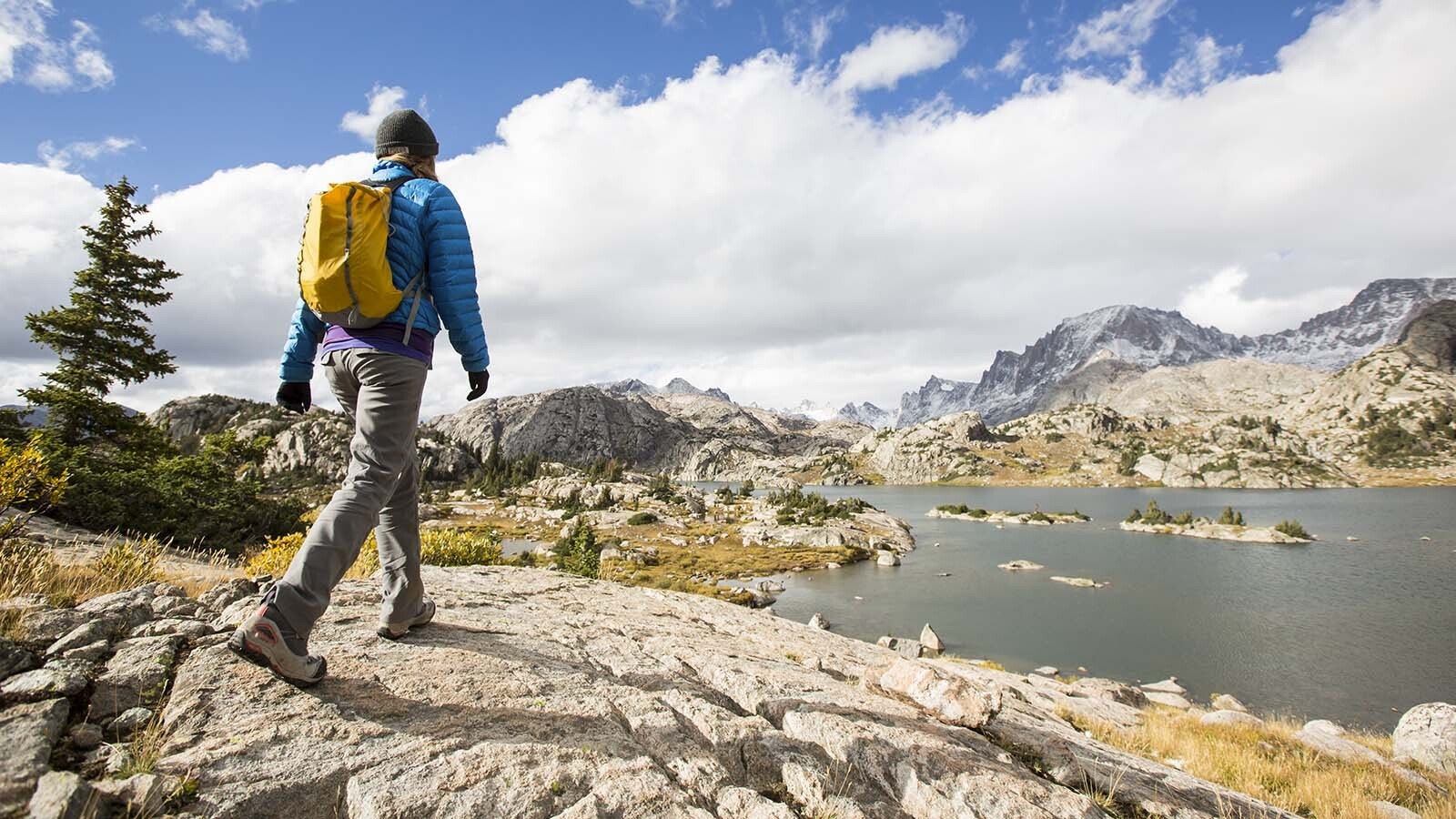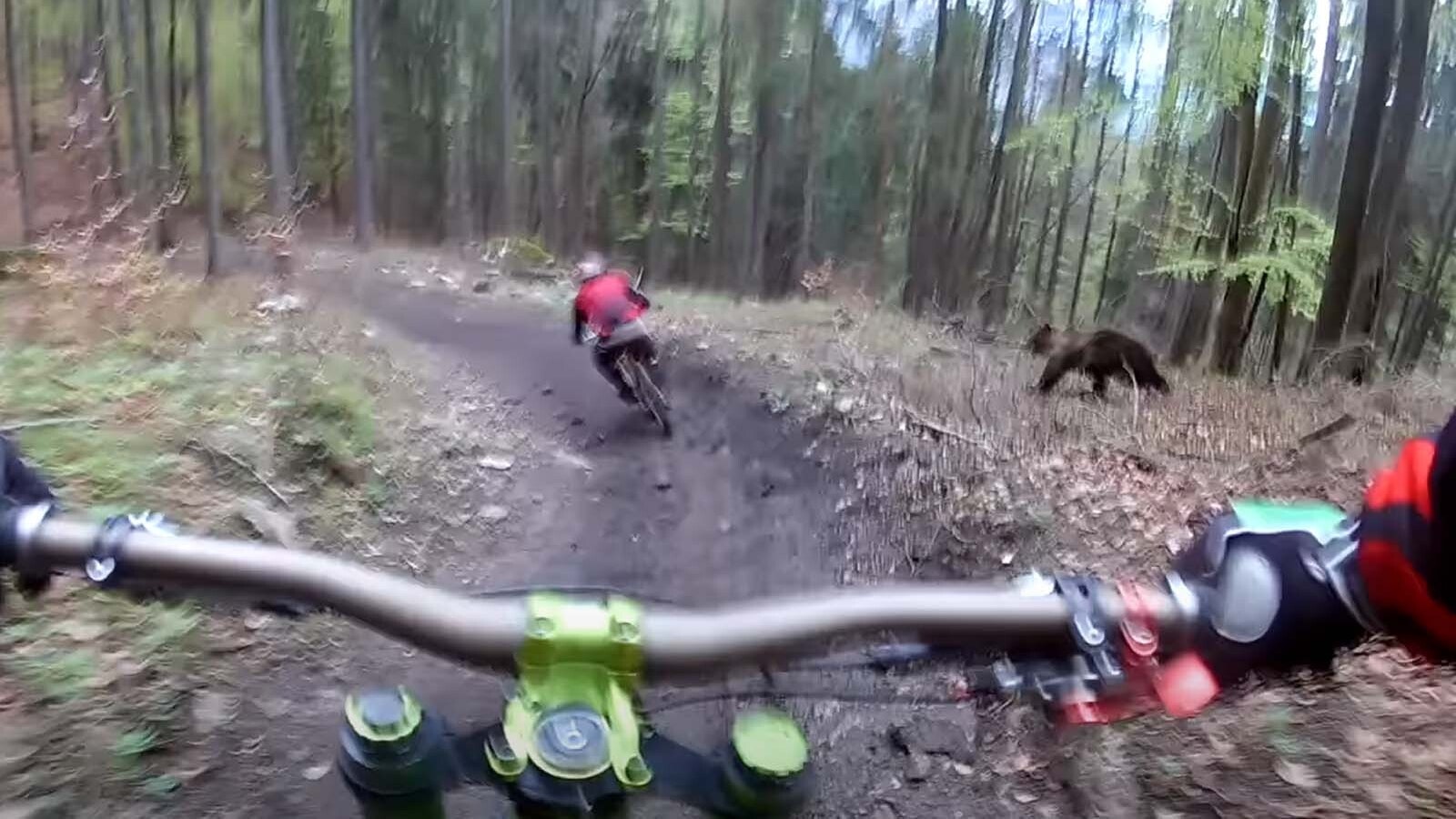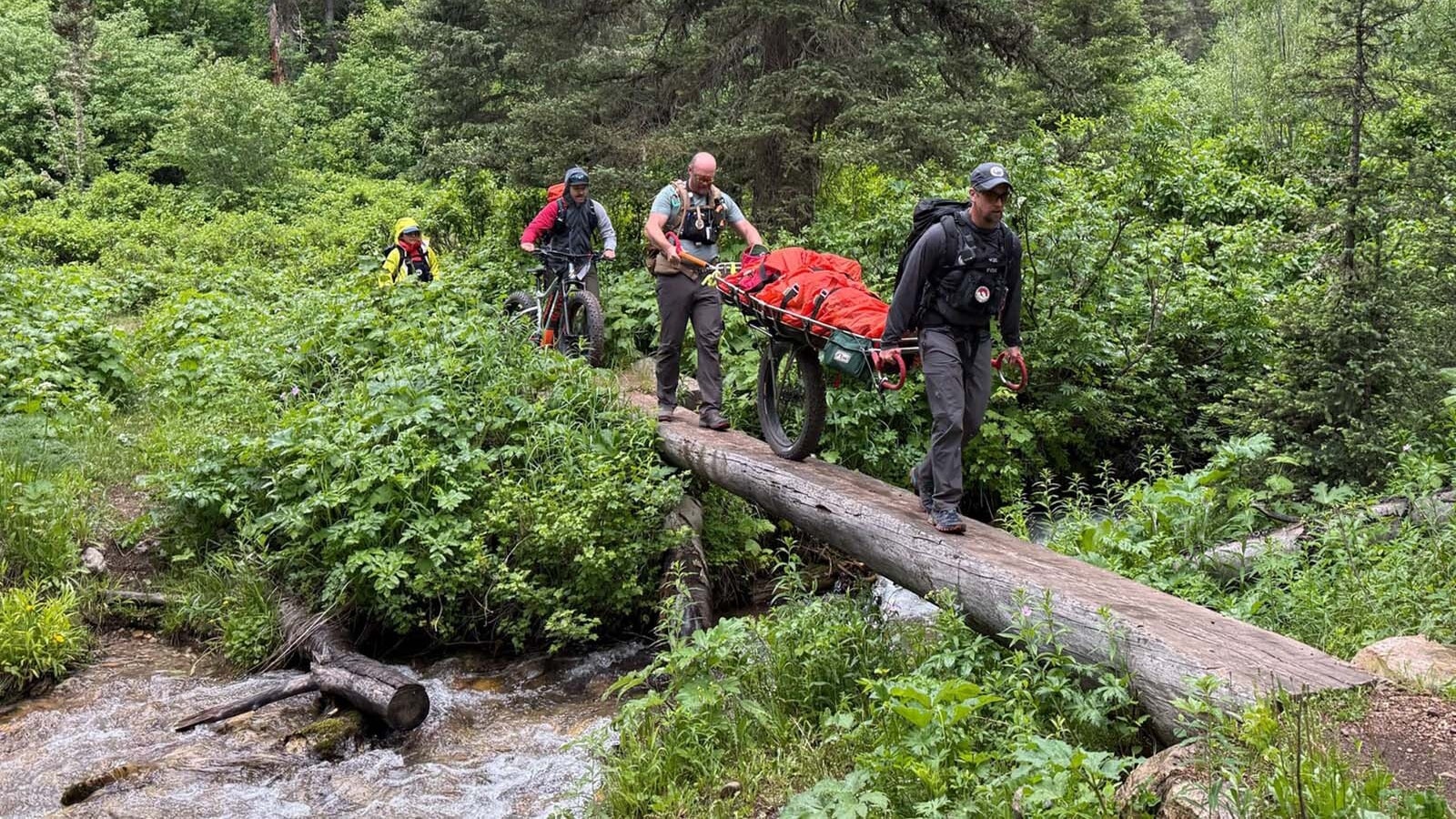Northwest Wyoming’s mountain lion population might have plummeted by nearly half in the past few decades, thanks to wolves killing kittens and pushing adults away from prey.
That’s according to a study detailed in a recent article published by Smithsonian magazine that claims wolves have reduced the mountain lion population by 48% in the Greater Yellowstone Ecosystem.
The two species, along with grizzly bears, while not always the best of friends, have managed to co-exist for ages in the Greater Yellowstone, Wyoming Game and Fish Department large carnivore specialist Dan Thompson told Cowboy State Daily.
And while it’s difficult to quantify the full effect of wolves on mountain lions, the Yellowstone area can offer glimpses into how the trio of Wyoming’s mightiest predators have interacted through the ages, he said.
“We lack the functionality of a time machine to sojourn back and quantify the abundance, density and distribution of predators and prey through time,” he said. “We can do this based on historical accounts and even fossil records, but alas we will never accurately know how those true interactions occurred 1,000 years ago, 500 years ago, even 200 years ago.”
Lions Were On Top
More recently, with wolves and grizzly bears mostly out of the picture up until a few decades ago, mountain lions enjoyed what was arguably an unnatural status at the very top of the wildlife pecking order, Thompson said.
“So, now fast forward to just 30 years ago where this study area occurred and the dominant natural predator (leaving out human beings for the sake of this discussion) is the mountain lion,” he said.
The elk also congregated in areas with thick cover, where mountain lions could sneak in and ambush them, Thompson said.
But when the wolves started coming back, they drove the elk into more open areas. That made it much more difficult for mountain lions to pull off ambush attacks, their preferred hunting style, he said.
Kitten Killers
While the adult mountain lions were having a tougher time getting food, wolves were also slaying kittens, according to the Smithsonian article. In one instance, researchers noted that a female mountain lion they were tracking lost all three of her kittens to wolves in less than a year.
That’s the reversal of a trend that other researchers noticed recently the Pacific Northwest, a sharp uptick in the number of wolves being killed by mountain lions.
Wyoming Has Big Wolf Packs
The Greater Yellowstone has its own set of dynamics, Thompson said.
“Populations are regulated by prey abundance, humans (hunting)” and mountain lions sometimes killing each other or each other’s kittens, he said. “This is how it works throughout most of North America, but in the GYE it is a different story.
“After wolves were reintroduced, they thrived and expanded, and in the case of this study area some of the bigger wolf packs and higher densities occurred in the GYE resulting in changes in mountain lion behavior, distribution and abundance.”
Wyoming Lion Population Might Be Bloated
What’s going on with wolves, mountain lions and grizzlies in northwest Wyoming could just be a return to a more natural order of things, Thompson said.
Back when the other two apex critters were mostly absent, and with humans as their only competition for elk hunting, mountain lions took advantage and multiplied, he said. So, it was only natural for them to get knocked back some when their four-legged competitors returned.
“One could argue that we are living in and witnessing this intricate evolutionary dynamic right before our eyes,” Thompson said.
In other areas of Wyoming, mountain lion populations might be bloated, relative to natural history, he said.
“In areas with abundant prey and lack of primary competitors, mountain lion populations are likely higher now than in the distant past — the Black Hills of South Dakota and Wyoming are a prime example of this,” he said.
Earlier this year, Wyoming legislators argued that an overabundance of mountain lions in places such as the Black Hills was one good reason for passing a bill allowing hunters to pursue the cats with hounds outside of regular hunting seasons. The idea being, it would help hunters and their dogs stay in practice, and be more likely to kill mountain lions once hunting seasons opened.
That bill was passed and signed into law.
Balancing Act
While mountain lions might have been knocked back in northwest Wyoming, there’s no reason to think they’ll be knocked out, Thompson said.
Meanwhile, the Game and Fish tries to maintain a balance between wildlife species as well as different and sometimes clashing public opinions regarding large predators, he said.
“We have also maintained or augmented wolf harvest limits to reduce conflict potential with livestock as well as reduce overall pack size and abundance in these areas,” he said. “These are done based on data and public comment. In the microcosm of hunting and large carnivores there is a great deal of polarity of opinion between total extirpation and a completely hands off mentality” and the Game and Fish’s approach is somewhere in between.
Mark Heinz can be reached at mark@cowboystatedaily.com.





